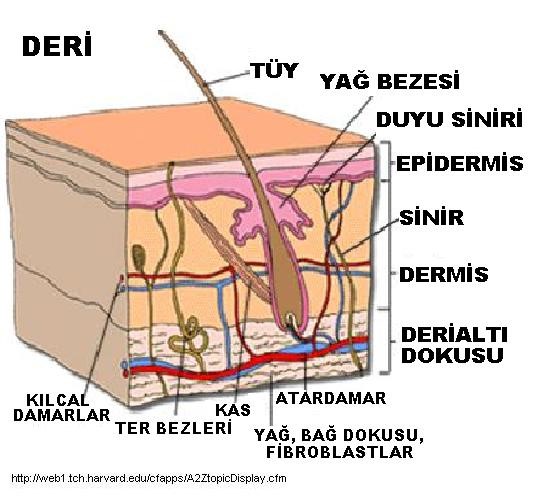Wounds are divided into two: open and closed. Open wounds are bleeding wounds where body integrity is disrupted and there is contact with the external environment. There are many types of cuts, lacerations, puncture wounds, abrasions, and bullet wounds. Closed wounds are injuries in which tissues are damaged and blood flows out of the circulatory system, not the body, even if the body integrity is not impaired. They may appear as bruises or edema under the skin, or they may not show any external symptoms.
Limited damage caused by external effects on the human body is defined as a wound. Surgical incisions, traffic and industrial accidents are external effects that cause wounds. Wounds are diagnosed and localized according to signs of disruption of skin and tissue integrity, bleeding, deformity, organ dysfunction and pain.
Wounds are divided into three groups according to their severity: simple superficial wounds, minor wounds and severe wounds. Depending on their appearance, they are called abrasions, bruises, bruises, tears, splits, cuts, punctures, burns, scalds, and necrosis.

During the healing of a simple wound, small vessels first dilate, the permeability of the capillary wall increases, and serum and leukocytes pass to the injured area. The fibrin network formed at the edge of the wound not only covers that area, but also helps stop bleeding by blocking the small blood vessels that have been opened. The contraction ability and strength of fibrin brings the wound edges closer together. Over time, connective tissue cells at the wound edges proliferate and settle on the fibrin network. With enzyme activity, fibrin turns into collagen and scar tissue forms and the wound closes (primary wound healing). Wounds that do not heal spontaneously require medical intervention (secondary wound healing).
In surgery, the wound created by the surgical incision is stitched again and the wound edges are brought together. In medicine, this is called perprimum wound healing. Stitches in such wounds are removed on the seventh day. In some wounds, wound edges may remain separate for any reason. In these, repair begins at the bottom of the wound, tissue forms and the wound edges shrink. Thus, the scar tissue closes the wound. This type of wound healing is called persecundum type. Traffic, industrial accidents and war wounds are these types of wounds and are very dirty. They often arrive at surgical clinics late. The tissue is in poor condition and often contains foreign objects. Very tight bandages applied during the first aid process, disruption of wound circulation due to bandages, malnutrition, excessive fluid loss in the body, starvation, liver cirrhosis, low fibrinogen and albumin in the blood, and diseases that suppress the immune system cause a delay in wound healing.
If many wounds that occur on the body for various reasons are not treated, they may lead to systemic problems, permanent scars, and movement disorders due to contractures in the future. Therefore, burn-wound treatment is very important for both health and old skin structure.
Wounds occur as a result of damage to the skin, which is the body's protective layer against external factors. Dermal is the outer layer of the skin and consists of two layers called epidermis and dermis. Wounds usually occur as a result of damage to these layers of the skin. The types and severity of wounds may vary.
Keywords for Wound Treatment
NPWT, Negative Pressure Wound Therapy, Wound Healing, Medical Vacuum Therapy, Wound Care, Wound Treatment, Pressure Sores, Diabetic Foot Ulcers, Surgical Wounds, Burn Treatment, NPWT Treatment, Wound Healing Methods, Medical Vacuum Therapy, Wound Treatment Methods, Wound Care Techniques, Skin Wounds, Medical Treatments, Diabetic Foot Care, Post-Surgical Care, Medical Vacuum Technologies, NPWT System, Vacuum Assisted Wound Healing, Vacuum Pressure Adjustment, Drainage System, Positive Pressure Wound Treatment, Vacuum Pump, Wound Surface Cleaning, Filter Systems, Wound Filling Materials, Vacuum Skin Covering, Treatment Protocols, NPWT Application Techniques, Wound Healing Accelerators, Negative Pressure Wound Therapy, Pressure Waves, Tissue Regeneration, Wound Tissue Analysis, Wound Bleeding Control, Vacuum Suction Technology, Wound Dressing Sealing